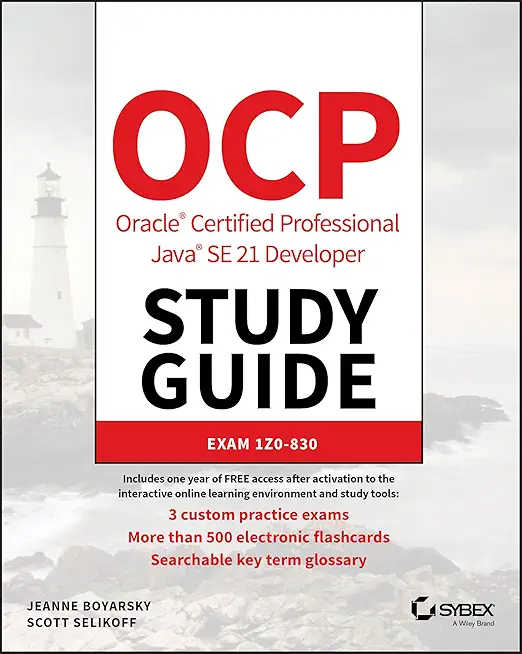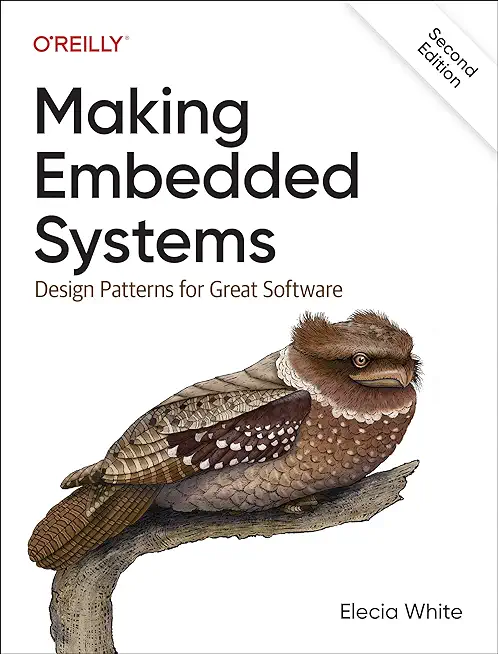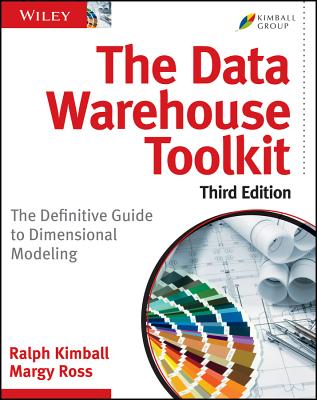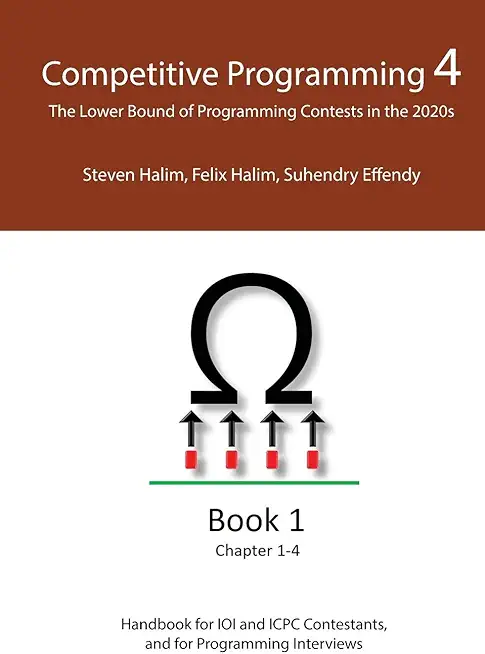Querying Microsoft SQL Server with Transact-SQL Training in Athens
Enroll in or hire us to teach our Querying Microsoft SQL Server with Transact-SQL class in Athens, Georgia by calling us @303.377.6176. Like all HSG
classes, Querying Microsoft SQL Server with Transact-SQL may be offered either onsite or via instructor led virtual training. Consider looking at our public training schedule to see if it
is scheduled: Public Training Classes
Provided there are enough attendees, Querying Microsoft SQL Server with Transact-SQL may be taught at one of our local training facilities.
|
We offer private customized training for groups of 3 or more attendees.
|
||
Course Description |
||
|
This five-day instructor-led course is intended for IT professionals who wish to use the Transact-SQL language to query and configure Microsoft SQL Server. Students are typically database developers and database administrators, but might also be Business Intelligence developers, report creators, or application developers. In this course, students learn how to query single tables, join data from multiple tables, filter and sort data, modify data, use procedures and functions, and implement error handling.
This course is intended for novice database developers, database administrators, Business Intelligence developers, report creators, and application developers who have an understanding of relational database concepts and have basic Windows navigation skills.
Course Length: 5 Days
Course Tuition: $2090 (US) |
||
Prerequisites |
|
| Basic understanding of relational databases. Basic Windows knowledge. | |
Course Outline |
|
Module 1: Introduction to Transact-SQL
This module explains how to write and execute simple Transact-SQL queries.
Lessons
What is Transact-SQL
The SELECT statement
The WHERE clause
Sorting results
Calculations
CASE expressions
Lab 1: Introduction to Transact-SQL
Run a query
Search for text strings
Sort the results
After completing this module, students will be able to:
Describe Transact-SQL
Write a SELECT statement
Write a WHERE clause
Sort results
Implement calculations
Add CASE expressions
Module 2: Joining tables with Transact-SQL
This module explains how to query multiple tables and join the results together in a single recordset.
Lessons
The JOIN clause
Inner joins
Outer joins
Self joins and cross joins
Lab 1: Joining tables with Transact-SQL
Query two tables
Query many tables
Implement an oute join
Implement a self join
Implement a cross join
After completing this module, students will be able to:
Describe the JOIN clause
Implement inner joins
Create a query with outer joins
Implement self joins and cross joins
Module 3: Filtering and sorting results
This module explains how to filter results to find specific records and how to sort the resulting recordset.
Lessons
Implement the ORDER BY clause
Filter data with the WHERE clause
Limit the number of rows returned by a query
Implement NULL logic
Lab 1: Filtering and sorting results
Filter data with a WHERE clause
Sort data with ORDER BY
Limit the number of rows returned by a query
After completing this module, students will be able to:
Implement the ORDER BY clause
Filter data with the WHERE clause
Limit the number of rows returned by a query
Implement NULL logic
Module 4: SQL Server data types
This module explains how SQL Server uses data types. It’s essential to understand data types for comparing data and also for inserting and updating records.
Lessons
Understand data types?
Implement string data types
Implement temporal data types
Lab 1: SQL Server data types
Create queries with string data
Implement string functions
Create queries with temporal data
Implement temporal functions
After completing this module, students will be able to:
Understand data types?
Implement string data types
Implement temporal data types
Module 5: Inserting, updating and deleting data
This module explains how to use Transact-SQL Data Manipulation Language (DML) to inert, update and delete data.
Lessons
Insert new records
Update existing records
Delete data
Lab 1: Inserting, updating and deleting data
Insert new records
Update existing records
Delete data
After completing this module, students will be able to:
Insert new records
Update existing records
Delete data
Module 6: Using SQL Server functions with Transact-SQL
This module explains how to alter the output or search criteria with built-in functions.
Lessons
Understand function types in SQL Server
Convert data using functions
Implement logical functions
Work with NULL data using functions
Lab 1: Using SQL Server functions with Transact-SQL
Convert data using functions
Implement logical functions
Work with NULL data using functions
After completing this module, students will be able to:
Convert data using functions
Implement logical functions
Work with NULL data using functions
Module 7: Aggregating data with Transact-SQL
This module explains how to group matching data and then aggregate numeric values for these groupings.
Lessons
Implement aggregation in SQL Server
Group records in SQL Server
Filter aggregated data
Lab 1: Aggregating data with Transact-SQL
Implement aggregation in SQL Server
Group records in SQL Server
Filter aggregated data
After completing this module, students will be able to:
Implement aggregation in SQL Server
Group records in SQL Server
Filter aggregated data
Module 8: Implement subqueries with Transact-SQL
This module explains how to use the output from one query as the input to another query.
Lessons
Implement scalar and multi-valued sub-queries
Implement correlated subqueries
Implement existence checks with subqueries
Lab 1: Implement subqueries with Transact-SQL
Implement scalar and multi-valued sub-queries
Implement correlated subqueries
Implement existence checks with subqueries
After completing this module, students will be able to:
Implement scalar and multi-valued sub-queries
Implement correlated subqueries
Implement existence checks with subqueries
Module 9: Create queries that use table expressions
This module explains how to use table expressions to extend the capabilities of sub-queries. Table expressions essentially name the results of a sub-query and allow them to be referenced as if they were a table.
Lessons
Create views
Create table-valued functions
Implement derived tables
Implement common table expressions
Lab 1: Create queries that use table expressions
Create views
Create table-valued functions
Implement derived tables
Implement common table expressions
After completing this module, students will be able to:
Create views
Create table-valued functions
Implement derived tables
Implement common table expressions
Module 10: Use UNION, INTERSECT, EXCEPT and APPLY on multiple sets of data
This module explains how to combine the results of multiple queries rather than join them. In a simple UNION query both result sets are returned as one, with all the rows of each result set, but you can perform more complex operations and adjust how the multiple result sets interact.
|
Course Directory [training on all levels]
Technical Training Courses
Software engineer/architect, System Admin ... Welcome!
- .NET Classes
- Agile/Scrum Classes
- AI Classes
- Ajax Classes
- Android and iPhone Programming Classes
- Azure Classes
- Blaze Advisor Classes
- C Programming Classes
- C# Programming Classes
- C++ Programming Classes
- Cisco Classes
- Cloud Classes
- CompTIA Classes
- Crystal Reports Classes
- Data Classes
- Design Patterns Classes
- DevOps Classes
- Foundations of Web Design & Web Authoring Classes
- Git, Jira, Wicket, Gradle, Tableau Classes
- IBM Classes
- Java Programming Classes
- JBoss Administration Classes
- JUnit, TDD, CPTC, Web Penetration Classes
- Linux Unix Classes
- Machine Learning Classes
- Microsoft Classes
- Microsoft Development Classes
- Microsoft SQL Server Classes
- Microsoft Team Foundation Server Classes
- Microsoft Windows Server Classes
- Oracle, MySQL, Cassandra, Hadoop Database Classes
- Perl Programming Classes
- Python Programming Classes
- Ruby Programming Classes
- SAS Classes
- Security Classes
- SharePoint Classes
- SOA Classes
- Tcl, Awk, Bash, Shell Classes
- UML Classes
- VMWare Classes
- Web Development Classes
- Web Services Classes
- Weblogic Administration Classes
- XML Classes
Business Training Courses
Project Managers, Business Analysts, Paralegals ... Welcome!
Upcoming Classes
Gain insight and ideas from students with different perspectives and experiences.
- Fast Track to Java 17 and OO Development
8 December, 2025 - 12 December, 2025 - Introduction to Spring 6, Spring Boot 3, and Spring REST
15 December, 2025 - 19 December, 2025 - Python for Scientists
8 December, 2025 - 12 December, 2025 - RED HAT ENTERPRISE LINUX SYSTEMS ADMIN II
8 December, 2025 - 11 December, 2025 - See our complete public course listing






